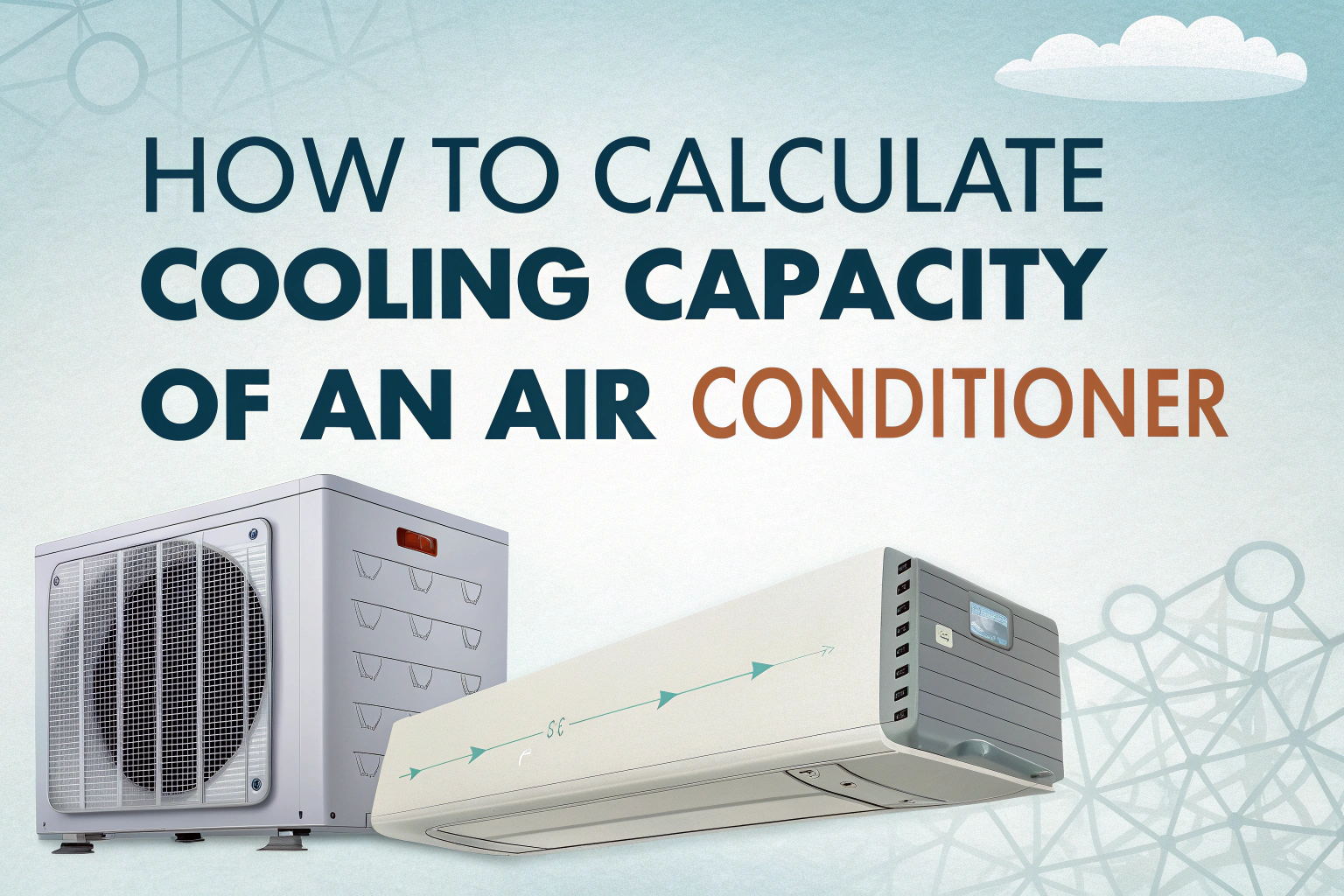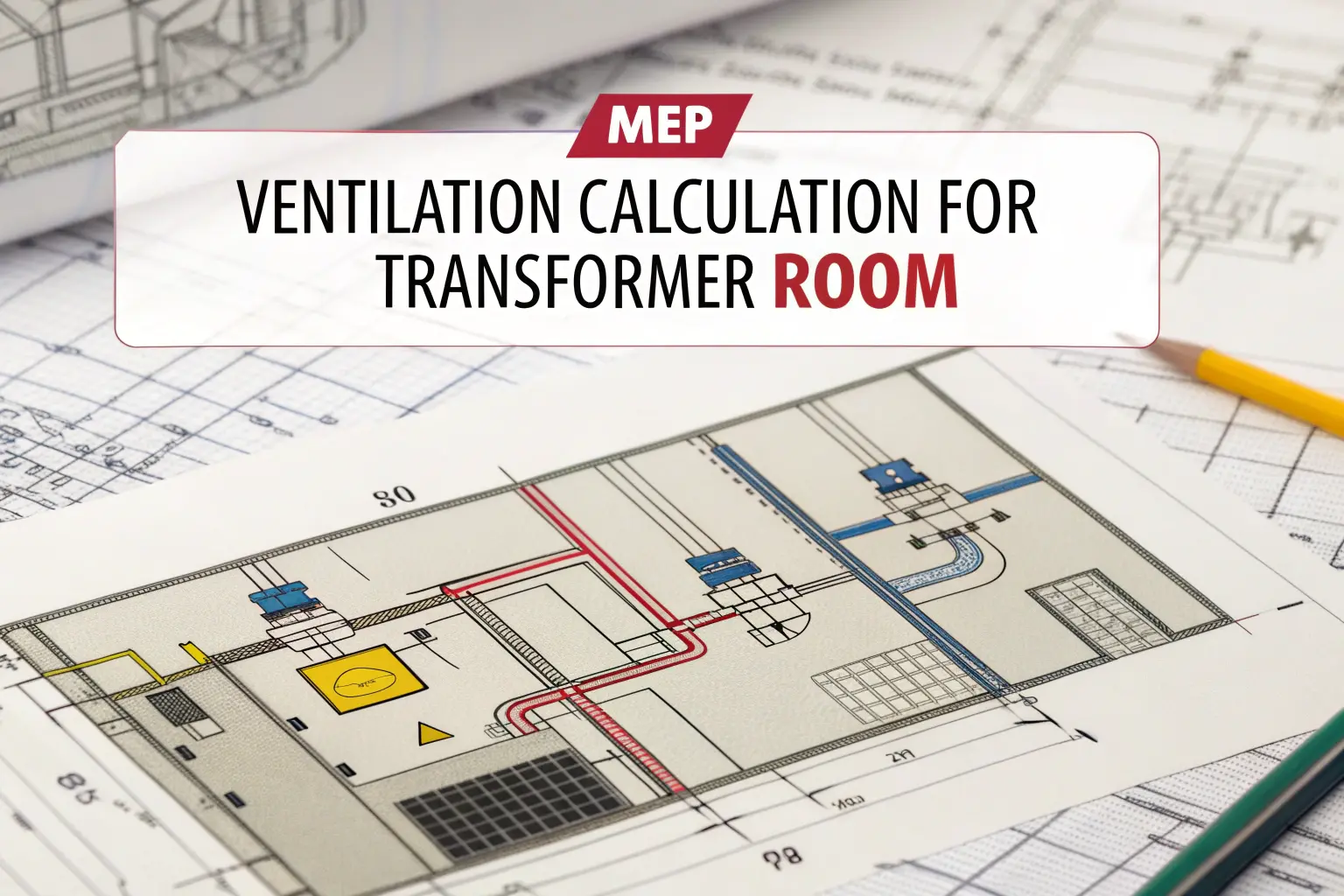How to Calculate Cooling Capacity : Calculating an air conditioner’s cooling capacity helps you pick the right unit for any space. First, you measure the room’s heat gain from people, lights, and equipment. Then, you add solar and transmission loads through walls and windows. Finally, you apply the standard formula—Cooling Capacity (kW) = Total Heat Gain (kW) ÷ Efficiency Factor—to find the required capacity. By following these steps, you ensure your system cools efficiently and avoids over‑ or undersizing.
Step 1 – Estimating Heat Gains
Begin with the sensible heat from occupants and appliances. Multiply the number of people by 0.1 kW each. Next, sum appliance heat ratings. Then, calculate solar gains: use 0.2 kW per m² of glass facing sunlight. Also, include conduction: multiply wall area by U‑value and temperature difference. Altogether, these values give you the total sensible heat gain in kW.
Step 2 – Converting to Cooling Capacity
After you get total heat gain, adjust for system efficiency. Divide the heat gain by the air‑conditioner’s EER (Energy Efficiency Ratio) or COP (Coefficient of Performance). For instance, if heat gain is 5 kW and COP is 3, required capacity is 5 kW ÷ 3 = 1.67 kW. In addition, add 10 % for latent loads in humid climates. As a result, you’ll have a final cooling capacity that matches real‑world conditions.
Download the Cooling Capacity Calculator
For faster results, download our free Excel calculator. Enter room dimensions, heat sources, and COP. The sheet computes total heat gains and capacity in seconds. Click the Google Drive link on the original MEP Engineers Club page—no sign‑in required.













